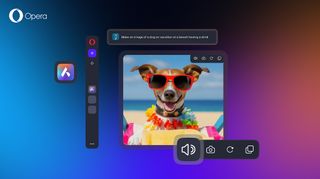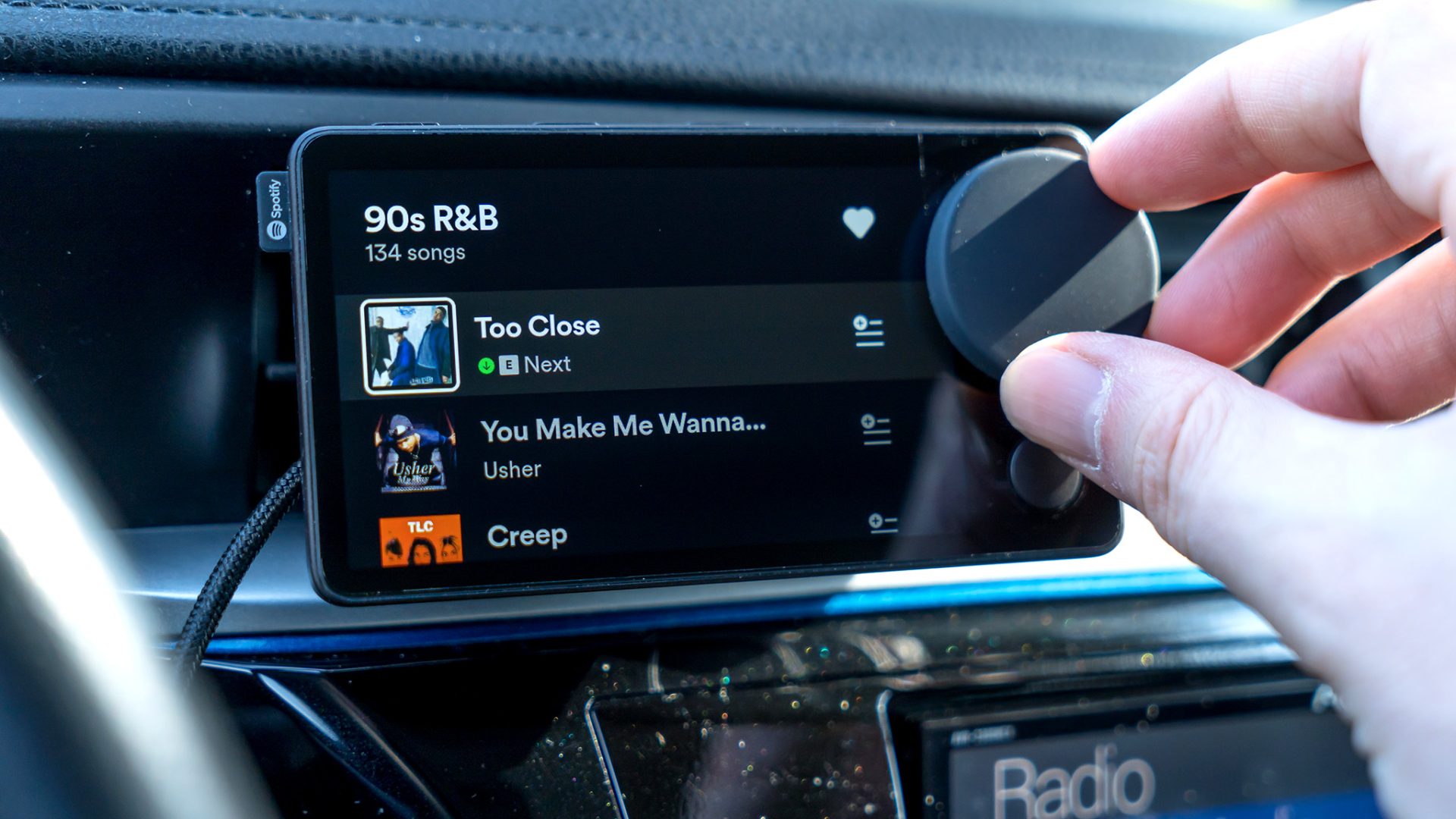Popular Android Browser to Integrate Gemini AI
What do you want to know Opera announced its collaboration with Google Cloud, which brings its Gemini AI models and Imagen 2 software to its browser. Gemini will join LLM’s lineup of its Aria AI to help users with specific prompts that require its specific brain. Imagen 2 will give Opera free text-to-image capabilities as […]

What do you want to know
- Opera announced its collaboration with Google Cloud, which brings its Gemini AI models and Imagen 2 software to its browser.
- Gemini will join LLM’s lineup of its Aria AI to help users with specific prompts that require its specific brain.
- Imagen 2 will give Opera free text-to-image capabilities as well as voice output for responses.
Popular PC and Android browser Opera has highlighted its latest AI feature, and it comes with a bit of Google magic.
Today (May 28), Opera announced that it has begun working with Google Cloud to integrate its Gemini AI models into its in-browser AI, Aria. The company says Gemini will enable the Opera browser to provide users with “the most up-to-date information, with high performance.”
Opera reiterates Aria’s design, which is that of a multi-LLM Composer AI engine. This gives the browser the ability to “craft” a better experience for users based on what they may need. In addition, Aria relies on several LLMs (large language models). Opera says Aria will choose the best AI model to handle a user’s task based on their “intent.”
AI is built into both the classic Opera browser and the OperaGX browser, aimed at PC gamers. Gemini will likely appear in both cases, however, Opera hasn’t specified when we should expect it.
This collaboration continues as Opera says Aria will soon take over image generation and voice output capabilities. Thanks to the work with Google Cloud, the Opera browser will offer users free image generation capabilities through Google’s Imagen 2 model on Vertex AI.
Additionally, Aria is upgraded with “conversational-like” voice output, which allows the AI to read its responses aloud to users.
Google launched Imagen 2, a text-to-image generation model, in late 2023. It was stated that the software could create “photorealistic” images based on user prompts. There was also hope that Imagen 2 could rid users of some “typical problems” that these types of bots are prone to.
Since then, during I/O 2024, the company unveiled its new Imagen 3 model. The idea of creating photorealistic and realistic images remains the same with this new software. However, Google explained that Imagen 3 goes even further, as users should benefit from increased detail across the board. Natural speech and the intention behind your prompt are areas where Imagen 3 was considered better than its predecessor.














